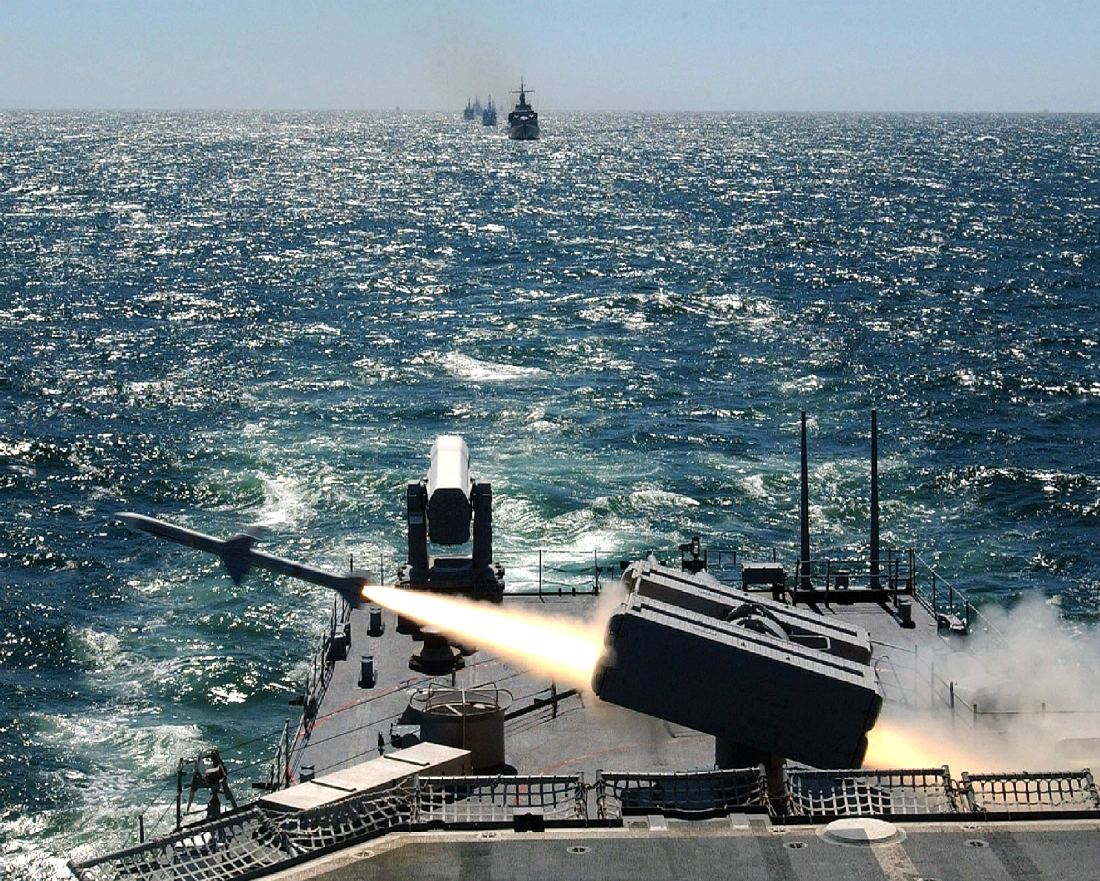
Advertisement
(NationalSecurity.news) In recent years there has been much made of Chinese and Russian “carrier killer” ballistic missiles – weapons designed solely for the targeting and destruction of U.S. aircraft carriers, seagoing behemoths that carry enough firepower to destroy entire cities.
Turns out that Moscow and Beijing aren’t the only countries building such weapons. So is the United States, The National Interest reports.
The Russian navy isn’t focused much on carriers these days and there are reasons for that: One, the Russians simply don’t possess the technological capability or the financial resources to match the U.S. carrier for carrier, so instead Russia is developing asymmetrical weapons – mostly technologically advanced submarines – to counter U.S. carriers and their escorts.
China is attempting to become a carrier navy. After purchasing an old but unfinished 1990s-era Soviet carrier, the Chinese have now laid the keel for a domestically-built carrier, with more being planned. They, too, won’t have the technological prowess of U.S. carriers, but for regional operations, a carrier-heavy Chinese navy will certainly be a major power, given that other countries in the neighborhood, with the exception of India, don’t have carriers and aren’t planning to buy or build any.
But as TNI notes, the fact that China is committed to becoming a carrier-centric naval power means the United States Navy has to rise to meet the challenge, and that is under way:
By 2020, moreover, promising antiship weaponry may have matured and joined the U.S. arsenal. At present the surface navy’s main antiship armament is the elderly Harpoon cruise missile, a “bird” of 1970s vintage with a range exceeding 60 miles. That pales in comparison with the latest PLA Navy birds—most notably the YJ-18, which boasts a range of 290 nautical miles.

Currently, U.S. defense contractors are working a breakneck pace to fix the U.S. Navy’s distance disadvantage. Harpoon maker Boeing, for one, is working on doubling the Harpoon’s range. Also, the Pentagon’s Strategic Capabilities Officer recently repurposed the SM-6 surface to air missile for antiship missions, which doubles and even triples the surface fleet’s striking range against carrier or other enemy surface-action groups. And it goes on from there.
As TNI notes further, last year the Navy tested an antiship variant of the Tomahawk cruise missile, which essentially reinvented a very, very long-range capability that existed late in the Cold War. Also, a brand-new long-range antiship missile is in development.
Just how the Navy deploys the new weapons as they enter service is just about as important as fielding the weapons. Under a concept known as “distributed lethality,” Navy brass wants to disperse firepower throughout the fleet while keeping the ability to concentrate firepower on-target. “What that means in practical terms is arming more ships with antiship missiles, supplemented by gee-whiz technologies like electromagnetic railguns and shipboard lasers should they fulfill their promise,” TNI reported.
That means the Navy won’t deploy just a single carrier killer, but many. Couple that with submarine warfare and naval aviation, these weapons in combination will put the U.S. Navy in good stead for blue-water engagements, if it comes to that, by 2020.
That said, open-water engagement is the least-likely scenario for conflict between Washington’s and Beijing’s naval forces. What is the most likely?
Read the rest of TNI’s report here.
More:
- Report: U.S. aircraft carriers may be losing their military primacy
- Confirmed: China is building a second aircraft carrier
- Is China’s newest ballistic missile really a ‘carrier killer’?
NationalSecurity.news is part of the USA Features Media network. Check out our daily headlines here.
Submit a correction >>
This article may contain statements that reflect the opinion of the author
Advertisement
Advertisements
















